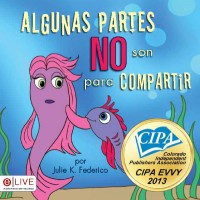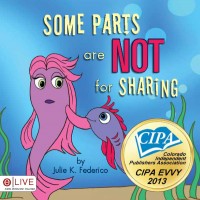This column will be addressing the challenges single parents face when handling body safety and child abuse prevention with their children. Although this information is valuable to everyone.
Why is it important that single parents in particular talk to their children about personal boundaries? According to the National Incidence Study of Child Abuse: “Living with married biological parents places kids at the lowest risk for child abuse while living with a single parent, and a live-in partner increased the risk of child abuse to more than eight times that of other children” 8 times. The number is a little overwhelming, to say the least. First do not beat yourself up over this static. Single parent homes can be superior to having children raised in a horrific marital environment. I believe that knowledge is power and with the knowledge, I deliver you can keep your children safe from unwanted touch. The most important words I have to say to you today are prevention, prevention, and prevention.
Reasons why single parents need to be vigilant about this topic are obvious. Your children are not always under your watchful eye. In two-parent families, one person may take on a chief child care role. In a single parent family, this role is usually provided by a nanny or other childcare provider. Children spending large periods of time at daycare and need this information months before they arrive at the daycare. Many time this is impractical as some children enter daycare at six weeks of age.
Parents who are divorced have a more difficult time monitoring who comes into their child’s life than a parent who is not is not divorced. Children whose parents are divorced spend time at both parents’ houses and are not always under the same level of supervision at each house. Divorced parents send young children out of state at times for extended holidays and summer vacation. It is not possible to do background checks on all of the people your children will be spending time with. You are not there to observe your children with these other people and have no way of knowing how they interact with your child, or even if they should be interacting with your children.
Both sexes are in danger when discussing child abuse. Boys often thought to immune to these issues are not. Boys are at risk for childhood sexual abuse almost as much as girls. According to From Darkness to Light a child advocacy foundation. 1 in 4 girls is sexually abused before the age of 18 and 1 in 6 boys. It is imperative to have conversations with boys as well as girls around body safety. No child is safe from unwanted touch.
What should parents say to their children and at what age should these conversations begin? It is easy to talk to children about these issues because they do not have the same feelings that adults do around this subject. The message you send to your children is “Your body is your own. It is not okay for anyone to touch you in a way that makes you feel uncomfortable.” Keep it simple and straightforward. What most parents are completely shocked about is how early you need to start talking about this topic. I say babies as young as one month old can have the body safety book Some Parts are Not for Sharing read to them. I say this because the average age kids are first approached is at the tender age of 4 years old. Four is not even formal school age yet so parents cannot depend on school officials to introduce this to your children. Many parents protest at this point and say “This is too young I do not want to talk to my baby about this!” I can tell you with 100% certainty that prevention is fun and easy. Spend your time protecting your child from this awful crime. It is much easier and less heartbreaking to do prevention than remediation. It is also important to repeat this message to children multiple times. Once is not enough.
In conclusion what parents need to remember is it is never too early to start talking to children about body safety. When I “talking” I mean even just reading Some Parts are Not for Sharing or another body safety book. I wrote Some Parts are Not for Sharing to help parents keep their kids safe, it also gives parents age-appropriate language to use. The book is for children age’s 0-8 years old. My personal goal is for every child everywhere to have the book read to them. Keep talking about this topic because kid’s brains are always changing. I believe most child abuse is preventable if kids had the necessary information before they were approached. Most children are harmed by someone they know. 90% of kids who are raped know their perpetrator.
Lastly, do not be afraid to talk to kids about this. The only thing to be fearful of is if you choose to say nothing. The key to success is to remember prevention, prevention. If you are a single parent remember prevention, prevention, prevention.
To read Some Parts are Not for Sharing visit: www.juliefederico.com
Kindle Link: goo.gl/gpgwDn
Order paperback Some Parts are NOT for Sharing: goo.gl/FiAAkr

